MAPEAMENTO SISTEMÁTICO SOBRE INICATIVAS NACIONAIS E INTERNACIONAIS PARA A DIVULGAÇÃO E ATRAÇÃO DE MENINAS PARA AS CARREIRAS DA ÁREA DE TECNOLOGIA
INTRODUCTION: Gender equality is not a new topic in society, and over the years, initiatives aimed at reducing this disparity have managed to narrow the gap between men and women in the labor market. However, there is still a long way to go, as men continue to be the predominant force in the job market, especially in STEM fields. In history there are many famous women who actively contributed in the fields of informatics and technology, names like Ada Lovelace and Grace Murray Hopper are still remembered and taught in universities but, what the Brazilian context lacks are women’s names who actively impact in STEM fields in more recent generations, having a role model in your field of interest is of great importance to inspire girls to enroll in STEM careers. With this problem in mind, universities across Brazil have promoted and continue to promote projects to encourage and attract girls to courses where boys are the majority. AIMS: The objective of this research project was to map and analyze various initiatives found on the BCS Meninas Digitais website and in the 2018 CNPq results to determine their teaching, attraction, and dissemination methods. MATERIALS AND METHODS: The sources of information used were partner projects listed on the Meninas Digitais website of the Brazilian Computer Society and the CNPq/MCTI Call No. 31/2018 – Girls in Exact Sciences, Engineering, and Computing, both sources have a concern of attracting young girls to STEM areas. RESULTS: The results were divided between the two sources of information and were compared side by side following a list of questions that helped analyzing the results, unfortunately, many projects did not have enough information available for a more thorough analysis. FINAL CONSIDERATIONS: Through the mapping it was possible to analyze the differences and similarities between the projects and, most importantly, the lack of available information and dissemination vehicles.
KEYWORDS: Meninas Digitais; SBC; STEM; Gender Equality; Women in Stem




